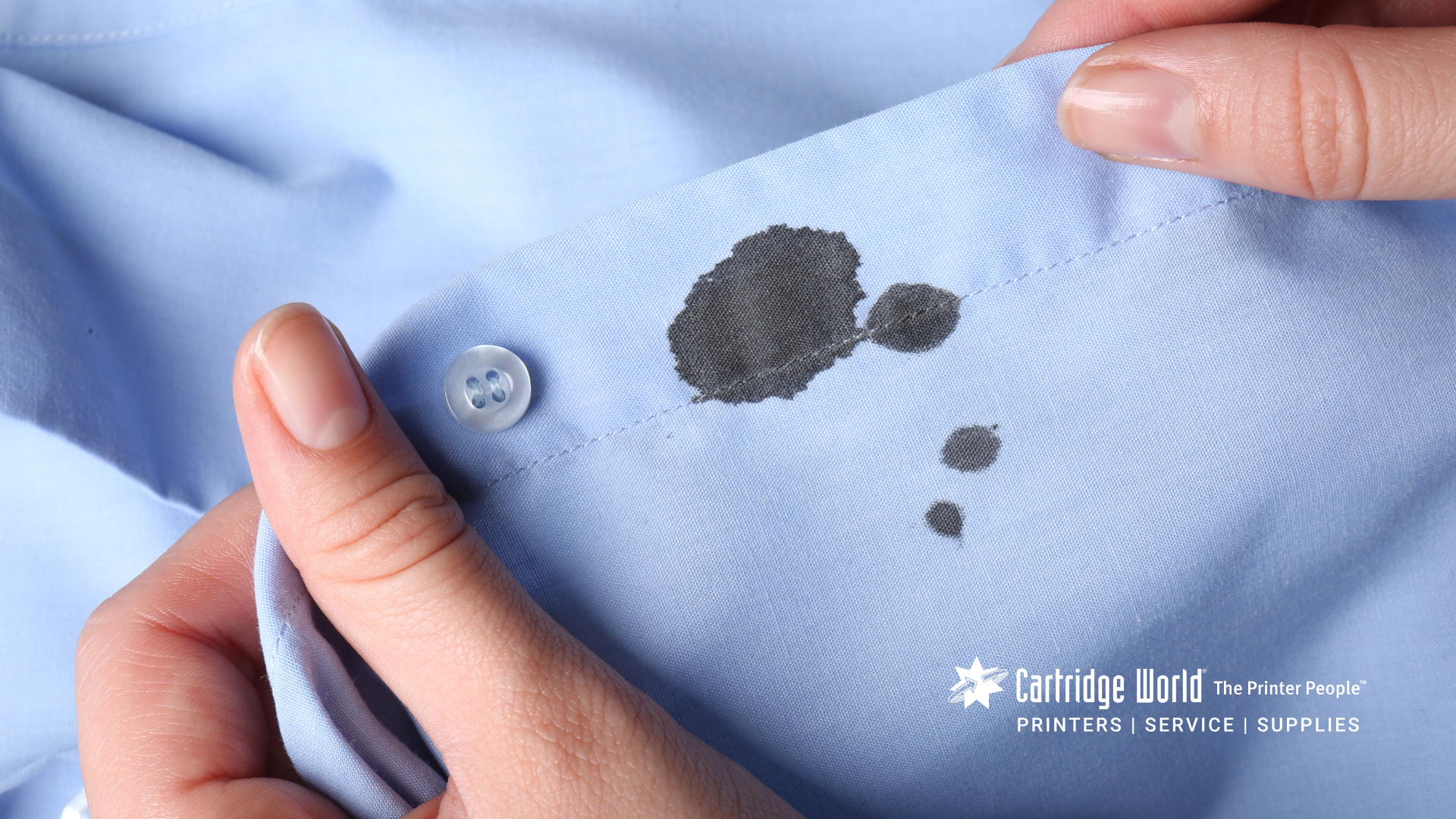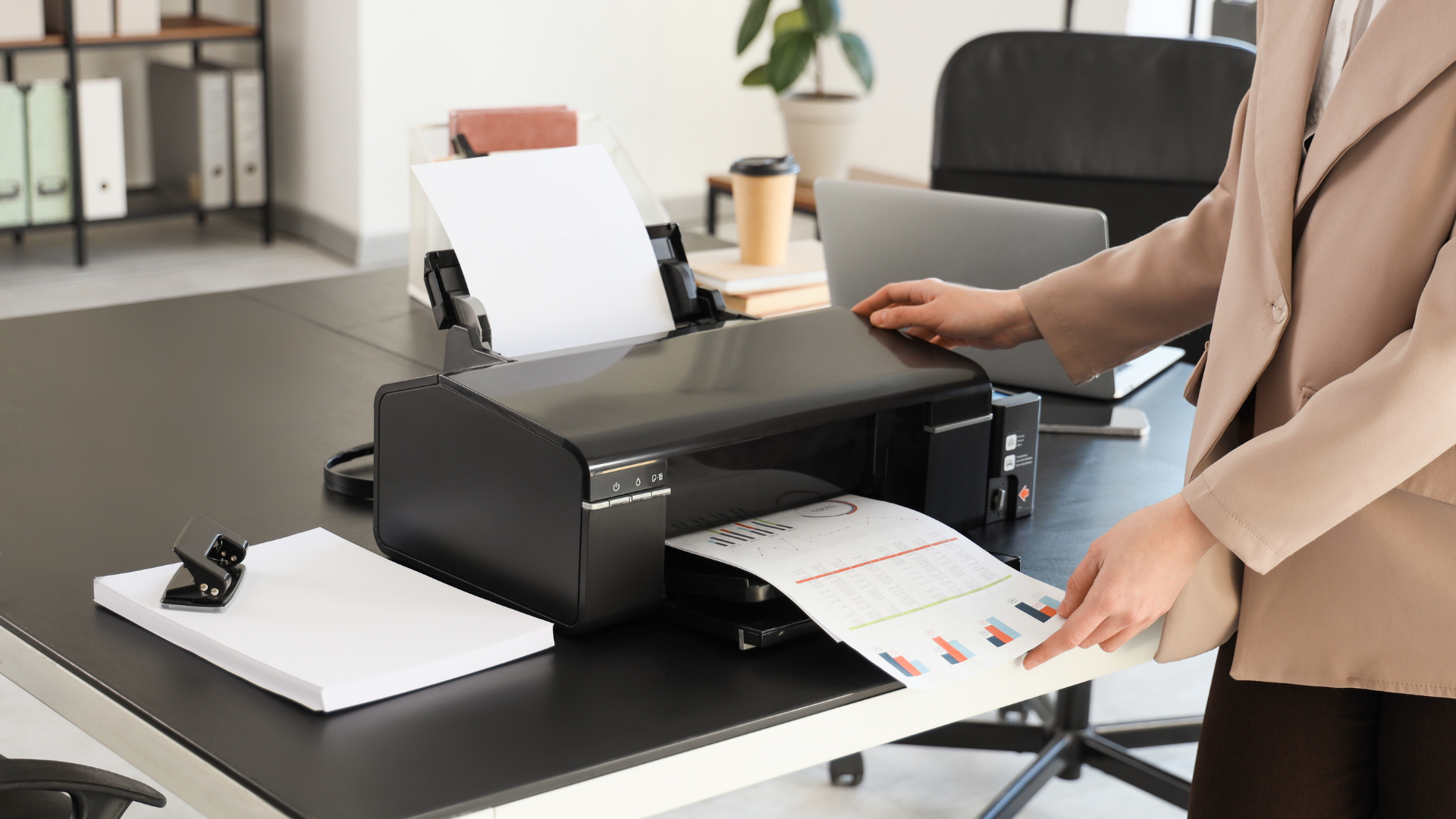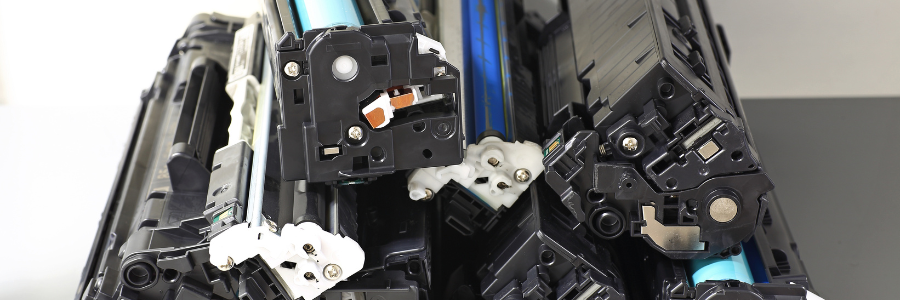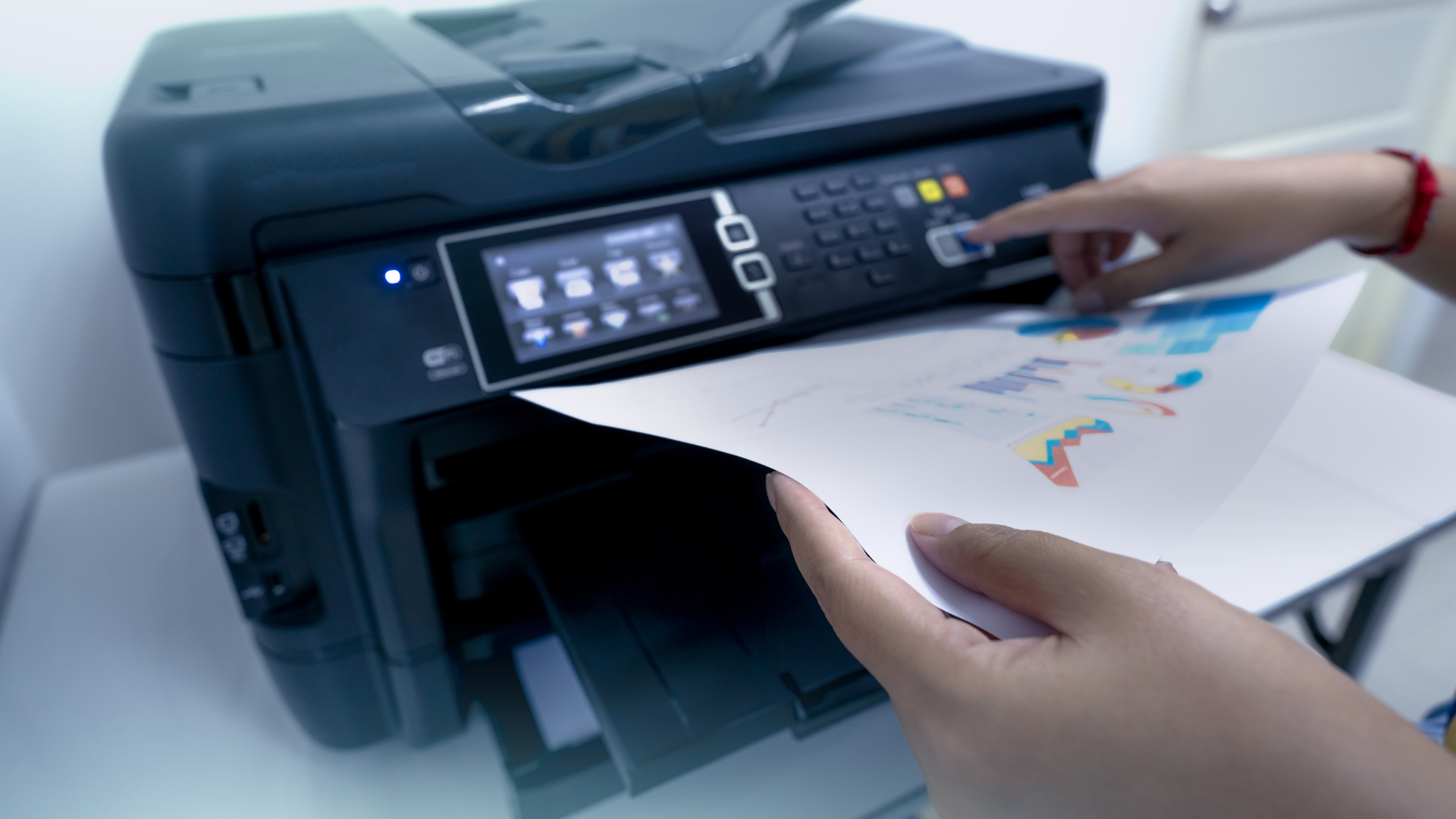
Understanding Different Types of Ink Stains
Ink stains can vary greatly depending on the type of ink used. Understanding these differences is crucial for effective removal. Here’s a breakdown of the main types of ink stains:
Water-Based Ink Stains
- Common Sources: Found in markers, fountain pens, and some types of printer ink.
- Characteristics: These stains are usually easier to remove because they dissolve in water.
- Removal Tips: Blot the stain with a damp cloth and use soap or detergent for best results.
Oil-Based Ink Stains
- Common Sources: Often seen in ballpoint pens and some permanent markers.
- Characteristics: These stains are more challenging to remove due to their oily nature.
- Removal Tips: Use rubbing alcohol or a specialized stain remover to break down the oil.
Permanent Ink Stains
- Common Sources: Found in permanent markers and some types of printer ink.
- Characteristics: These stains are designed to resist water and can be very stubborn.
- Removal Tips: You may need to use stronger solvents or professional cleaning products to tackle these stains.
Pre-Treatment Steps for Ink Stains
When you discover an ink stain on your clothing, acting quickly can make a big difference. Here are some essential pre-treatment steps to follow:
Blotting the Stain
- Act Fast: As soon as you notice the stain, grab a clean cloth or paper towel.
- Blot, Don’t Rub: Gently press the cloth against the stain to soak up as much ink as possible. Rubbing can spread the stain.
- Repeat: Use a fresh part of the cloth each time to avoid pushing the ink deeper into the fabric.
Testing on a Hidden Area
- Choose a Spot: Find a small, hidden area of the fabric, like inside a seam or hem.
- Apply Cleaner: Put a small amount of your chosen cleaning solution on this area.
- Check for Damage: Wait a few minutes and see if the fabric changes color or gets damaged. If it does, choose a different cleaner.
Choosing the Right Cleaning Solution
- Identify the Ink Type: Determine if the ink is water-based, oil-based, or permanent, as this will guide your choice of cleaner.
- Select a Cleaner: Common options include rubbing alcohol, vinegar, or specialized stain removers.
- Read Instructions: Always check the label for specific instructions on how to use the product safely and effectively.
Using Household Items to Remove Ink Stains
Ink stains can be frustrating, but you might be surprised to learn that common household items can help you tackle them effectively. Here are some methods you can try:
Removing Ink with Rubbing Alcohol
- Blot the Stain: Start by gently blotting the ink stain with a clean cloth to absorb as much ink as possible.
- Apply Rubbing Alcohol: Dampen a cotton ball or cloth with rubbing alcohol and place it on the stain. Let it sit for about 5-10 minutes.
- Rinse and Wash: After the time is up, rinse the area with cold water and then wash the garment as usual.
Using Vinegar and Baking Soda
- Mix the Solution: Combine equal parts of white vinegar and baking soda to create a paste.
- Apply the Paste: Spread the paste over the ink stain and let it sit for 30 minutes.
- Scrub Gently: Use a soft brush or cloth to scrub the area gently, then rinse with cold water.
Applying Dish Soap and Water
- Create a Soapy Solution: Mix a few drops of dish soap with warm water.
- Blot the Stain: Use a cloth to apply the soapy water to the stain, blotting gently.
- Rinse and Dry: Rinse the area with cold water and let it air dry.
These household items can be quite effective in removing ink stains, but always remember to test any solution on a hidden area of the fabric first to ensure it won’t cause damage.
Commercial Products for Ink Stain Removal
When it comes to getting ink out of clothes, there are several commercial products designed specifically for this purpose. These products can be very effective, especially for tough stains. Here are some options to consider:
Choosing the Best Stain Remover
- Read Labels: Look for products that specifically mention ink stain removal.
- Check Ingredients: Choose stain removers with enzymes or solvents that target ink.
- Consider Fabric Type: Make sure the product is safe for the fabric you are treating.
Using Stain Removal Pens
- Convenient Size: Stain removal pens are portable and easy to use.
- Targeted Application: They allow you to apply the solution directly to the stain.
- Quick Action: Many pens work fast, making them great for on-the-go fixes.
Applying Liquid Stain Removers
- Follow Instructions: Always read and follow the directions on the label.
- Pre-Treat the Stain: Apply the liquid directly to the stain and let it sit for a few minutes.
- Wash as Usual: After treatment, wash the garment according to its care label.
Using these commercial products can make the process of removing ink stains much easier and more effective. Always remember to test any product on a hidden area first to ensure it won’t damage your fabric.
Special Techniques for Delicate Fabrics
When dealing with ink stains on delicate fabrics, it’s important to be extra careful to avoid damage. Here are some effective methods to treat these sensitive materials:
Handling Silk and Wool
- Act Quickly: The sooner you treat the stain, the better your chances of removing it.
- Use Cold Water: Rinse the stained area with cold water to dilute the ink. Avoid hot water, as it can set the stain.
- Gentle Blotting: Use a clean cloth to gently blot the stain. Do not rub, as this can damage the fibers.
Treating Linen and Lace
- Spot Test First: Always test your cleaning solution on a hidden area to ensure it won’t harm the fabric.
- Mild Detergent: Use a mild detergent mixed with water to treat the stain. Apply it with a soft cloth and gently dab.
- Air Dry: After treatment, let the fabric air dry away from direct sunlight to prevent fading.
Caring for Synthetic Fabrics
- Check Care Labels: Always read the care labels for specific instructions on cleaning.
- Use a Soft Brush: For stubborn stains, a soft brush can help lift the ink without damaging the fabric.
- Avoid Heat: Do not use heat to dry synthetic fabrics, as it can cause the stain to set permanently.
Removing Ink Stains from Colored Clothes
When it comes to getting ink out of clothes, especially colored ones, you need to be careful. Here are some tips to help you effectively remove ink stains without damaging the fabric:
Preventing Color Fading
- Act Quickly: The sooner you treat the stain, the better your chances of success.
- Use Cold Water: Rinse the stained area with cold water to help lift the ink before applying any cleaning solution.
- Avoid Heat: Do not use hot water or a dryer until you are sure the stain is gone, as heat can set the stain.
Using Color-Safe Bleach
- Check Labels: Make sure the bleach is safe for colored fabrics. Look for products labeled as color-safe.
- Dilute Properly: Mix the bleach with water according to the instructions to avoid damaging the fabric.
- Test First: Always test the solution on a hidden area of the fabric to ensure it won’t cause discoloration.
Testing for Colorfastness
- Perform a Test: Before applying any cleaning solution, test a small, hidden area of the fabric to see if the color runs.
- Use a Cotton Swab: Dab the area with a cotton swab soaked in the cleaning solution. If the color bleeds, stop using that method.
- Choose Wisely: If the fabric is not colorfast, consider using gentler methods like vinegar or dish soap instead.
By following these steps, you can effectively remove ink stains from colored clothes while minimizing the risk of fading or damage. Remember, if you’re wondering, "Can you get ink out of clothes after drying?" the answer is yes, but it may require more effort. For delicate fabrics like wool, special care is needed to remove ink stains without harming the material. Always handle such fabrics with caution.
Dealing with Old or Set-In Ink Stains
Old or set-in ink stains can be particularly stubborn, but with the right approach, you can still tackle them effectively. Here are some methods to consider:
Soaking the Stain Overnight
- Prepare a Soaking Solution: Mix cold water with a small amount of laundry detergent or a stain remover.
- Submerge the Fabric: Place the stained item in the solution and let it soak overnight.
- Rinse and Check: After soaking, rinse the fabric thoroughly and check if the stain has faded.
Using Enzyme-Based Cleaners
- Choose the Right Cleaner: Look for enzyme-based stain removers, which are designed to break down tough stains.
- Apply Generously: Apply the cleaner directly to the stain and let it sit for the recommended time.
- Wash as Usual: After treatment, wash the item according to the care label instructions.
Applying Heat to Set Stains
- Use a Hair Dryer or Iron: For some stains, applying heat can help lift the ink. Use a hair dryer on a low setting or an iron with a cloth in between.
- Monitor Closely: Keep an eye on the fabric to avoid damage. Heat can sometimes set stains further if not done carefully.
- Repeat if Necessary: You may need to repeat the process a few times for stubborn stains.
By following these steps, you can improve your chances of removing old or set-in ink stains from your clothes.
Preventing Ink Stains in the Future
Ink stains can be a hassle, but there are ways to keep them from happening in the first place. Here are some tips to help you avoid those pesky marks on your clothes:
Choosing the Right Pens
- Opt for Non-Toxic Options: Look for pens that are labeled as non-toxic and washable. These are less likely to leave permanent stains.
- Avoid Cheap Pens: Sometimes, low-quality pens can leak or break easily, leading to ink spills. Invest in reliable brands.
- Test Before Use: If you’re unsure about a pen, test it on a scrap piece of paper first to see if it bleeds or smudges.
Storing Clothes Properly
- Keep Clothes Away from Ink Sources: Store your clothes away from areas where ink might spill, like desks or art supplies.
- Use Protective Covers: Consider using garment bags or covers for clothes that are more prone to stains.
- Organize Your Space: Keep your writing tools organized and away from your clothing to minimize the risk of accidents.
Immediate Action on Fresh Stains
- Act Quickly: If you notice an ink stain, try to treat it as soon as possible. The sooner you act, the easier it will be to remove.
- Blot, Don’t Rub: If ink gets on your clothes, gently blot the area with a clean cloth instead of rubbing it, which can spread the stain.
- Keep Cleaning Supplies Handy: Have some basic cleaning supplies nearby, like rubbing alcohol or dish soap, so you can tackle stains right away.
By following these simple steps, you can help prevent ink stains on your favorite clothes, whether it’s getting ink out of a shirt, jeans, pants, or even corduroy clothing.
Professional Cleaning Services for Tough Ink Stains
When dealing with stubborn ink stains that just won't budge, professional cleaning services can be a great option. Here’s what you need to know:
When to Seek Professional Help
- Persistent Stains: If you've tried various methods and the stain remains, it might be time to call in the experts.
- Valuable Fabrics: For expensive or delicate items, professional cleaning can prevent further damage.
- Time Constraints: If you're short on time and need a quick solution, professionals can handle it efficiently.
Cost of Professional Cleaning
- Varies by Service: Prices can differ based on the type of fabric and the severity of the stain.
- Average Range: Expect to pay anywhere from $20 to $100, depending on the item and the cleaning method used.
- Get Quotes: Always ask for estimates from different cleaners to find the best deal.
Finding a Reliable Cleaner
- Research: Look for reviews and ratings online to find trusted services in your area.
- Ask for Recommendations: Friends or family may have good suggestions based on their experiences.
- Check Credentials: Ensure the cleaner has the right certifications and experience in handling ink stains.
Eco-Friendly Solutions for Ink Stain Removal
When it comes to removing ink stains, many people are looking for ways to do it that are safe for the environment. Here are some effective and eco-friendly methods you can try:
Using Natural Ingredients
- Lemon Juice: The acidity in lemon juice can help break down ink stains. Apply it directly to the stain and let it sit for a few minutes before rinsing.
- Baking Soda: This common household item can be mixed with water to create a paste. Apply the paste to the stain, let it dry, and then brush it off.
- Cornstarch: Make a paste with cornstarch and water, apply it to the stain, and let it dry. Once dry, brush it off to lift the stain.
Avoiding Harmful Chemicals
- Stay Away from Bleach: While bleach can remove stains, it can also damage fabrics and harm the environment. Look for safer alternatives.
- Skip the Strong Solvents: Many commercial stain removers contain harsh chemicals that can be harmful. Opt for natural solutions instead.
- Read Labels: If you choose to buy a product, make sure it’s labeled as eco-friendly or biodegradable.
Sustainable Cleaning Practices
- Use Cold Water: Hot water can set stains, so always use cold water when treating ink stains. This is better for the fabric and the planet.
- Wash Full Loads: To save water and energy, wash full loads of laundry instead of small ones.
- Air Dry When Possible: Instead of using a dryer, hang your clothes to dry. This reduces energy use and is gentler on your clothes.
Common Mistakes to Avoid When Removing Ink Stains
When it comes to getting ink out of clothes, there are several common mistakes that can make the situation worse. Here are some key points to keep in mind:
Using Hot Water
- Avoid hot water: Hot water can actually set the ink stain, making it harder to remove. Always use cold or lukewarm water when treating ink stains.
- Rinse with cold water first: Start by rinsing the stained area with cold water to help lift the ink before applying any cleaning solution.
Rubbing the Stain
- Don’t rub vigorously: Rubbing the stain can spread the ink further and damage the fabric. Instead, gently blot the stain with a clean cloth or paper towel.
- Use a dabbing motion: Blotting helps absorb the ink without pushing it deeper into the fibers.
Ignoring Care Labels
- Check the care label: Always read the care label on your clothing before applying any cleaning method. Some fabrics may require special treatment.
- Follow specific instructions: If the label suggests dry cleaning only, it’s best to take the item to a professional rather than risk damaging it at home.
Conclusion
Removing ink stains from clothes can be a challenge, but it's not impossible. Similarly, if you need to get
printer ink off hands, quick action is crucial. Always start by testing any cleaning solution on a small area of your skin to ensure it doesn't cause irritation. Whether you're saving a beloved shirt or scrubbing your hands clean, using the right methods can prevent permanent marks. Remember to be patient and gentle, both with delicate fabrics and your own skin. With the right approach, you can keep your clothes and hands looking their best.






